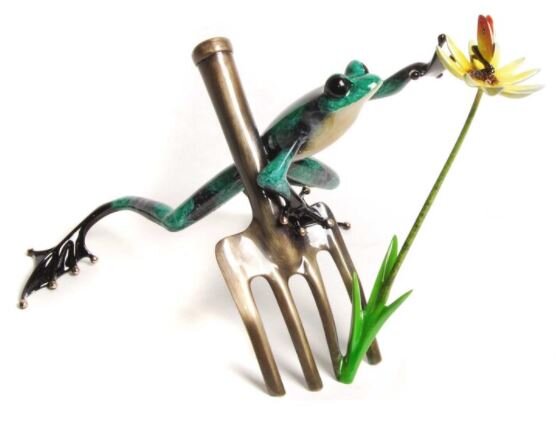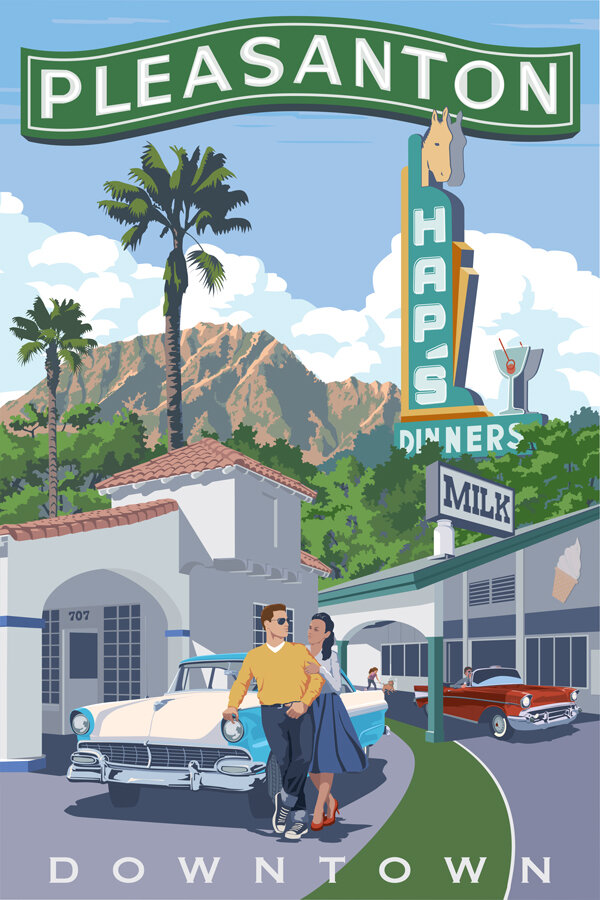Tim Cotterill, the world famous Frogman
Tim Cotterill has become the biggest selling bronze artist in the world today with his elegant, stylized, whimsical bronze frogs and his passionate collectors span the globe.
Tim was born in Leicester, England, in 1950. He Left school at the age of 15 and began a 6 year electrical engineering apprenticeship , moving onto landscape design, construction and stone masonry after completing his apprenticeship.
Intrigued with metalworking and fast machines Tim started designing and building radical wheeled vehicles in his spare time. He found his peak interest in the design of welded steel animals and birds during the 1970’s. Tim’s work was well received through private commission, exhibits, galleries and Sotheby’s world renowned auction house in London.
Tim’s curiosity of the diverse lifestyles in California led to many trips to the USA, where his life sized one off welded steel owls, parrots, eagles and hawks were an instant hit at street art shows coast to coast. Over 380 original welded steel sculptures were created from 1972-1990.
Emigrating to California, USA in 1990 and living in a rented 4 car garage in Venice Beach he started designing his now famous bronze frogs. He quickly discovered everyone loved them. Now years later and proudly an American citizen Tim resides in PARADISE, his own funky structure in an industrial area of Venice Beach, California, USA.
With over 200 limited edition bronze frog designs under his belt, Tim thought it was time to go back to his roots by introducing bird sculptures. The Aviary Collection is now available featuring Tim’s favorite birds: Owls, Parrots and King Fishers.
The Foundry represents and manufactures exclusive designs for several world-class bronze artisans, including Tim Cotterill, The Frogman! It is located in Southern California and continues to grow and develop by pioneering innovative color patina applications and cutting edge metalwork techniques coupled with impeccable attention to quality control and finish detail.
About The Foundry
Once Tim has created the master, the sculptures are then all made using the Lost Wax Casting process. This is a process that goes back over thousands of years and the sculptures can take up to 8 weeks to produce. All are created from top quality silicone for the molds and the bronze is hand finished by patina experts, with many years of training and experience.
Each Frogman sculpture is created as a limited edition and an edition number is engraved on every sculpture. Each sculpture will be accompanied with a Certificate of Authenticity, signed by Studio Seven Arts which is an authorized gallery for Frogman sculptures..

















































